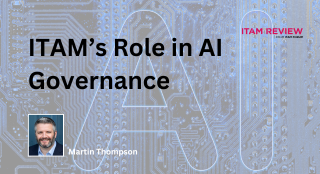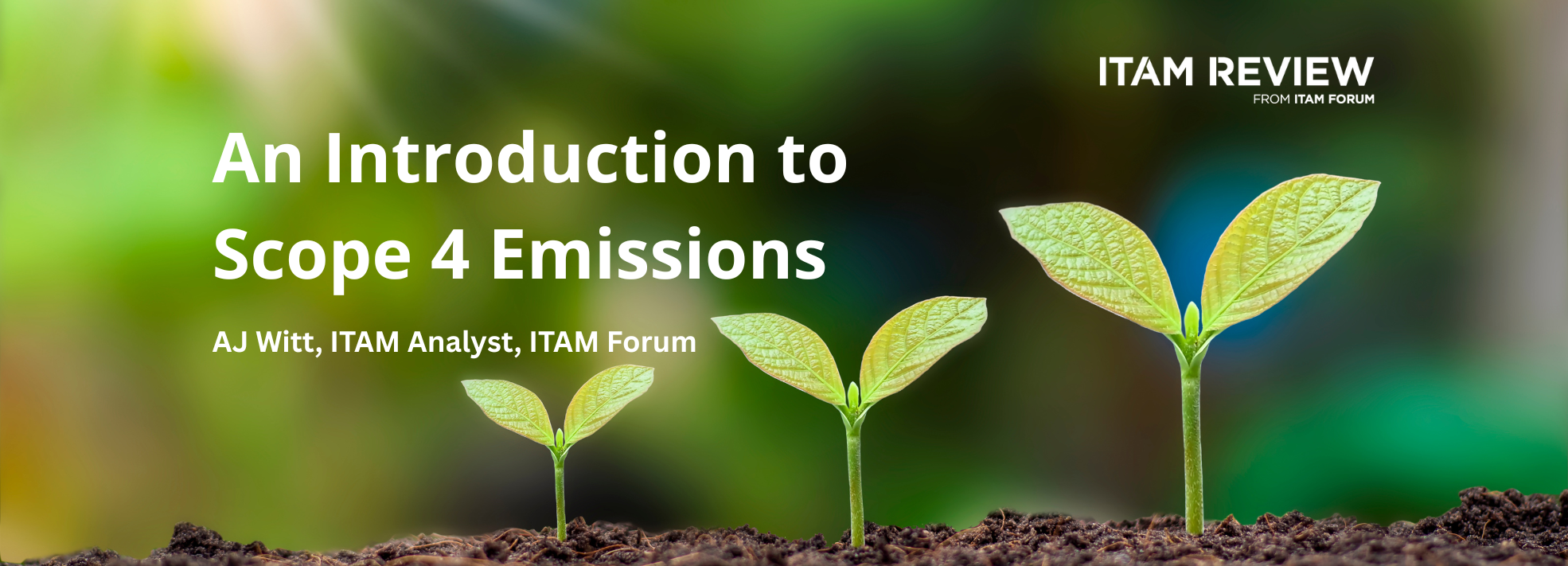What is the future of software? (and what does it mean for SAM?)

Office for iPad has already moved to the freemium/premium model, with users paying only for consumption
What does the future hold for software? How will it be delivered, how will it be priced, and will we ever be able to move to a usage-based pricing model?
In my opinion, all enterprise software will eventually move from the perpetual/device licensing model that is common today, to a user-centric subscription model where you pay based on content consumption and application utilisation. This is a view echoed by Vito Forte, CIO at Fortescue Metals Group, “Applications will become the portal to content enablement.” Applications will effectively become portals to your content – where users pay to access their content on the applications, but do not pay for the applications themselves.
Many major vendors have already started to move in this direction, but there is still a long way to go. The perpetual business model will take time to change. Pip Marlow, MD of Microsoft Australia, sees the same future for software pricing. She suggested that the freemium/premium model, and paying by consumption, will eventually prevail. Microsoft is already moving in this direction. Take the recently announced Office for iPad as an example. While the apps themselves are free to download, the ‘free’ functionality is limited to reading and presenting documents. An Office 365 account is required to unlock any of the applications’ document editing capabilities.
The subscription model is a sensible approach going forward, as it helps organisations to pay for the software they use, or even for the specific features of that software. Think along the lines of an app store for the enterprise – organisations can pay for the capability and content of the apps they need, but only when they need them. This model helps software publishers too. As Vito suggests, the subscription model helps to tie customers into a vendor’s ecosystem (think of the close tie up that Apple has between its hardware products, online stores and subscription services).
The SAM conundrum
While the new model will help to improve cash flow for both vendors and their customers, in its current form it still falls short of solving one of the fundamental software management challenges prevalent today – effective software asset metering and usage/consumption reporting. Those applications which have already moved to the subscription model (such as Office 365 and Adobe Creative Cloud) are still notoriously difficult to inventory or monitor usage. While purchasing a new subscription is straightforward, it is still very difficult to see how each subscription is being used (or whether it is being used at all). Log into your Office 365 admin console for example and you’ll see what I mean. You can purchase more licences, but you can’t see whether each license is being used, who’s using it, how many devices they’ve installed Office on etc. Despite this progress in licensing, metering remains as challenging as it always has been.
If software publishers overwhelmingly move to this pricing model, they must put metering and usage features into their software delivery mechanisms. After all, how can you charge your customers by usage if you have no means to monitor it yourself?! Publishers can do their part by putting metering features into their admin consoles, and SAM vendors can build tools to aggregate this data across all applications and vendors.
According to Vito, the trick is how quickly and simply vendors are able to break away from their perpetual licencing models. The first vendor to master this will win. Think of how quickly Workday has been able to disrupt SAP. If a vendor can build a platform that allows its customers to effectively pay by consumption, matched with reliable mechanisms for tracking and reporting how the software is used, then they will have a significant first-mover advantage. While subscription software increases flexibility and allows you to more easily true down/true up to match your needs, software usage and deployment management remains the big gap.
We’re still a long way off achieving the usage-based payments model that Mathieu Baissac of Flexera Software recently talked about when he talked about a world without software audits (see this recent article in the IBSMA). But shouldn’t that be everyone’s objective? Audits are a pain for everyone. Paying by subscription is the first step towards banishing audits altogether. If software publishers and SAM vendors can build effective monitoring tools, then we’ll be well on our way to eliminating audits altogether.
Can’t find what you’re looking for?
More from ITAM News & Analysis
-
Microsoft Pricing Changes: EA Customers Face Price Increases
From 1st November 2025, Microsoft will remove all tiered pricing for Online Services under the Enterprise Agreement. This means all customers renewing or purchasing new Online Services after this date, will receive standard level A pricing ... -
Shaping the Future of ITAM – We Want Your Input
The ITAM Forum is currently running a survey to capture hot topics and pressing challenges facing the ITAM profession. The insights gathered will guide our editorial focus and community content for the year ahead. Early responses ... -
Tesco Sues Broadcom and Computacenter for £100M
What’s going on? UK retailer Tesco says it bought VMware perpetual licences in 2021 with support and upgrade rights running to 2026, plus an option to extend. After Broadcom acquired VMware, Broadcom stopped selling support for ...
Podcast
ITAM training
Similar Posts
-
The M&S Cyberattack: How IT Asset Management Can Make or Break Your Recovery
Marks & Spencer (M&S), the iconic UK retailer, recently became the latest high-profile victim of a devastating cyberattack. Fellow retailers The Co-Op and Harrods were also attacked. Recent reports suggest the rapid action at the Co-Op ... -
AI in ITAM: Insightful Signals from the Front Line
During our Wisdom Unplugged USA event in New York in March 2025, we engaged ITAM professionals with three targeted polling questions to uncover their current thinking on Artificial Intelligence—what concerns them, where they see opportunity, and ... -
How ISO/IEC 19770-1 Can Help Meet FFIEC Requirements
In the world of ITAM, the regulatory spotlight continues to intensify, especially for financial institutions facing increasing scrutiny from regulatory bodies due to the growing importance of IT in operational resilience, service delivery, and risk management. ... -
An Introduction to Scope 4 Emissions
Executive Summary For ITAM teams, sustainability is a core responsibility and opportunity. Managing hardware, software, and cloud resources now comes with the ability to track, reduce, and report carbon emissions. Understanding emission scopes—from direct operational emissions ...




